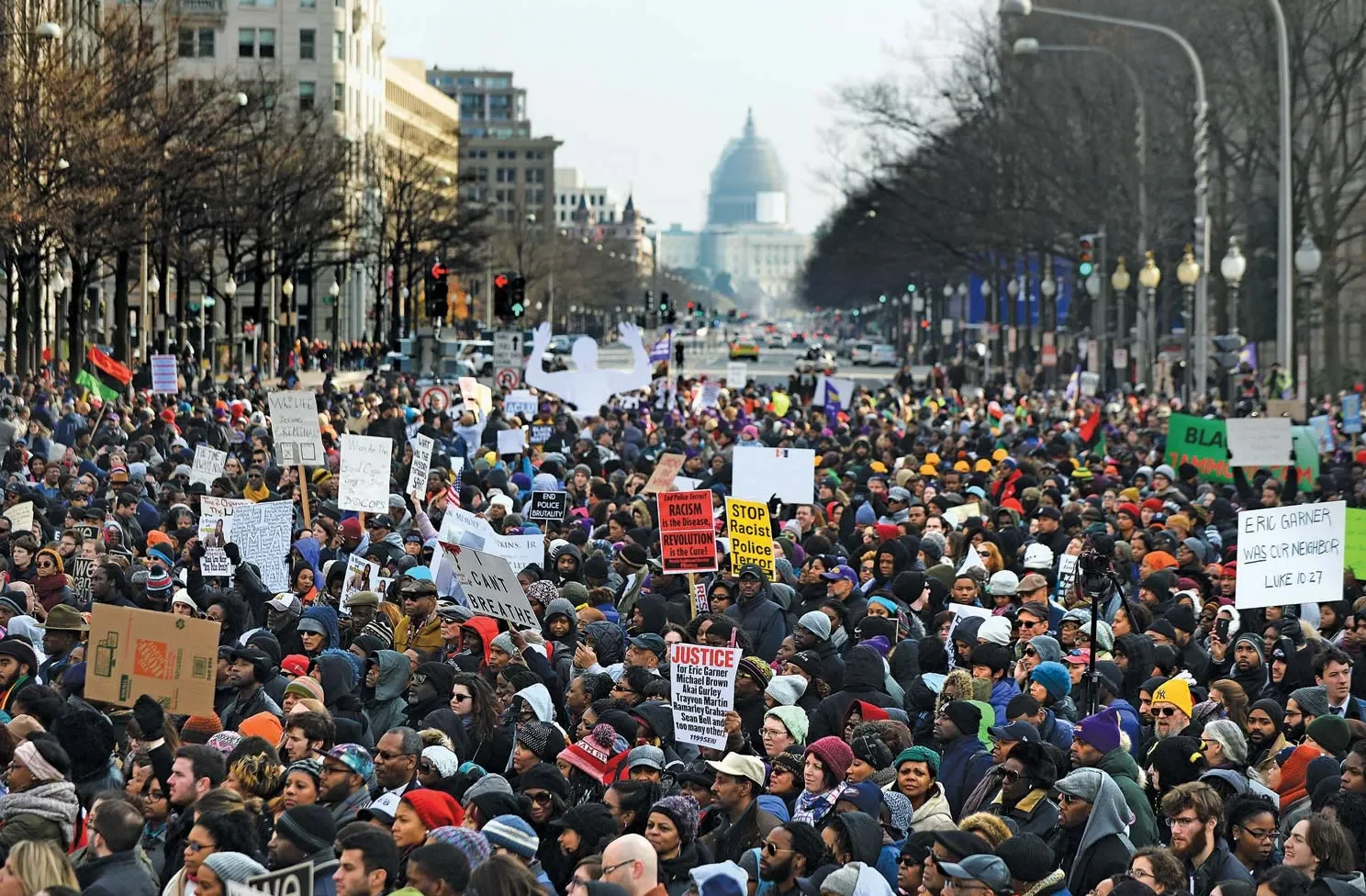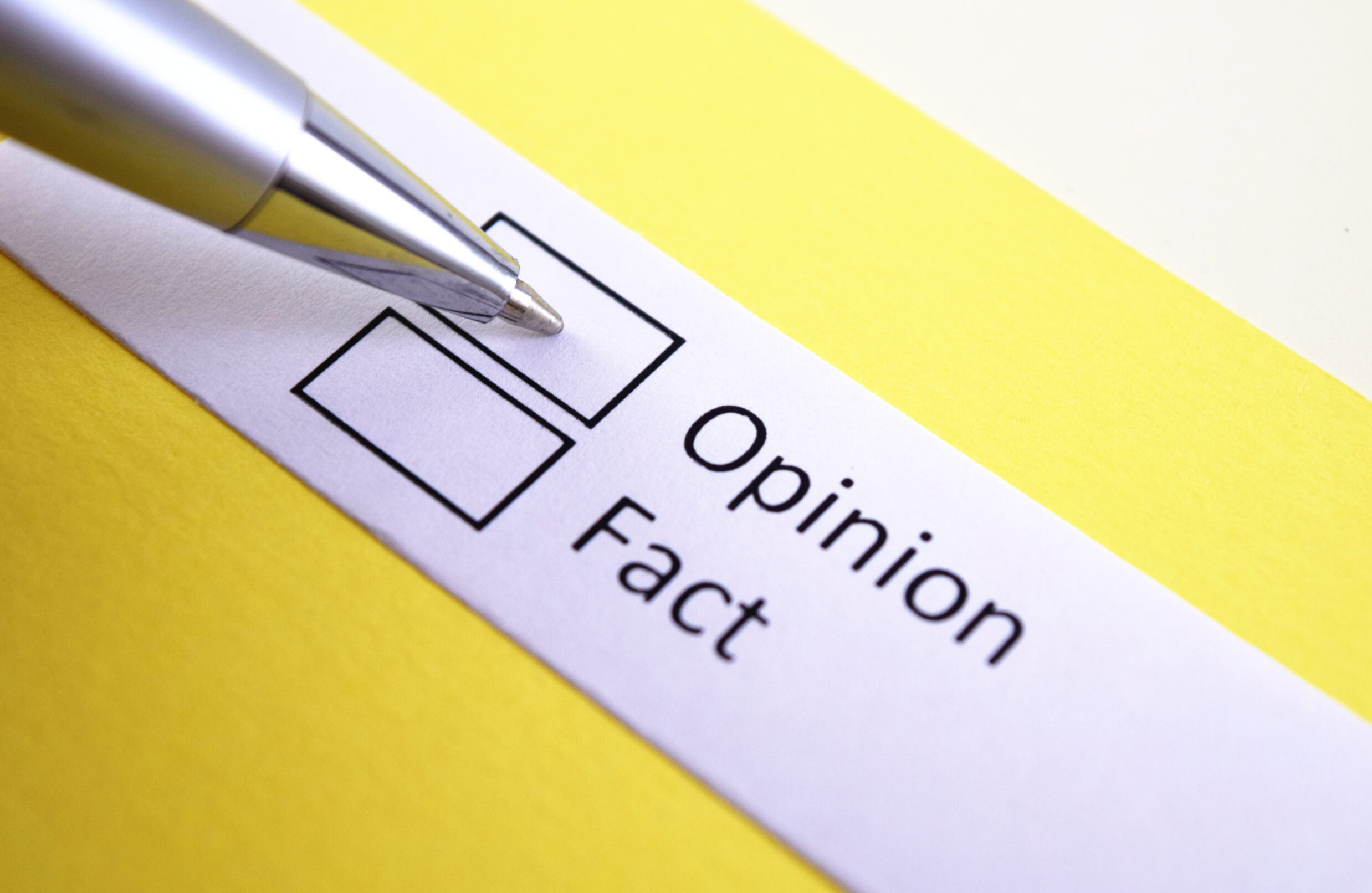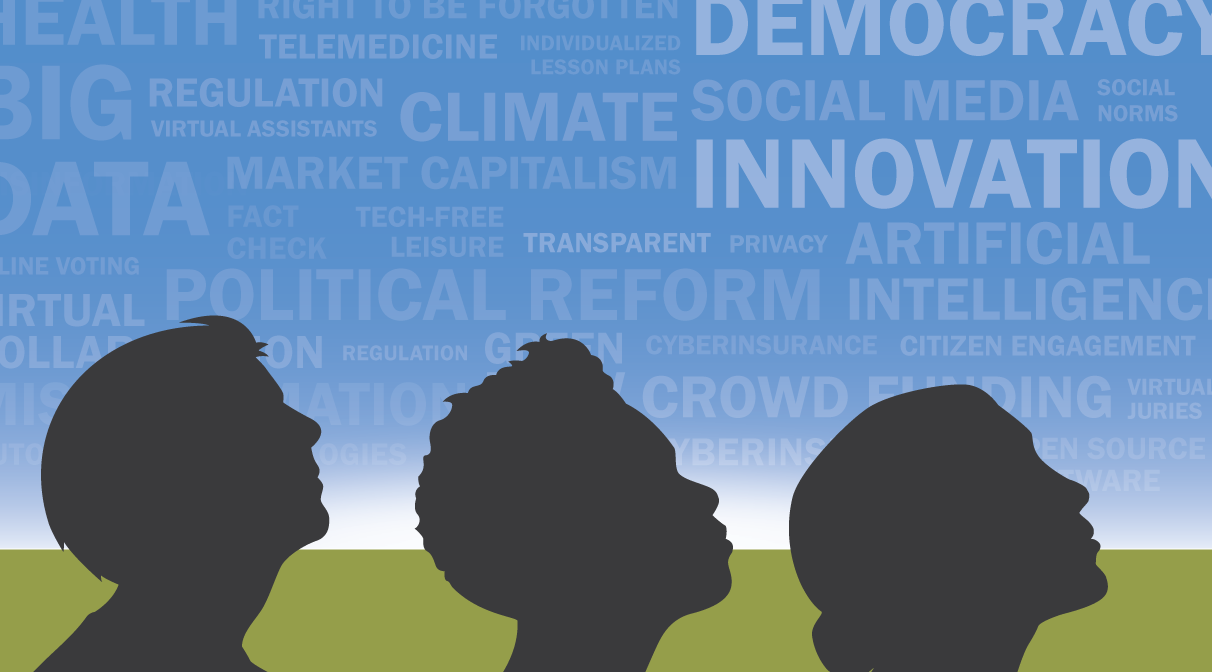Social movements and activism refer to organized efforts by a large group of people to bring about social or political change. Social movements are formed when individuals come together to advocate for change on a particular shared cause. Activism, on the other hand, involves taking action to bring about change, whether through protests, demonstrations, or advocacy campaigns. Social movements and activism are critical components of democratic societies, providing avenues for citizens to express their concerns, challenge the status quo, and advocate for their rights.
Social movements and activism have played a significant role in bringing about social and political change throughout history. Examples of social movements include the civil rights movement, the women’s suffrage movement, and the environmental movement. These movements have brought about changes in laws, policies, and societal norms to address issues such as discrimination, inequality, and environmental degradation. Social movements can be categorized as reform or radical movements, depending on their goals and methods. Regardless of their categorization, social movements have the power to bring about significant change and shape the course of history.
In today’s digital age, social media has become an essential tool for social movements and activism. Digital and social media platforms provide new avenues for activists to mobilize and organize, as well as to raise awareness and garner support for their causes. Some of the most memorable moments of social movements and activism in recent years have been driven by social media, such as the #MeToo movement and the Black Lives Matter movement. However, social media has also brought about new challenges for social movements, such as the repression of digital activists and movements. Despite these challenges, social movements and activism remain critical components of democratic societies, providing avenues for citizens to express their concerns and advocate for change.
How to cover protests and demonstrations
When covering protests and demonstrations, preparation is key. Journalists should research the cause and goals of the protest, the organizers, and the expected turnout. This will help them understand the context of the event and provide more accurate coverage. It is also important to have the necessary equipment, such as a camera, microphone, and notepad, to effectively document the event. Additionally, journalists should familiarize themselves with the area and plan their route to avoid potential safety hazards.
Safety measures are crucial when covering protests and demonstrations. Journalists should wear appropriate clothing and footwear, such as comfortable shoes for walking and clothes that are not too tight or restrictive, to ensure they can move quickly if necessary. It is also important to have a buddy system in place to ensure that someone is aware of their whereabouts and can provide assistance if needed. Journalists should also be aware of their surroundings and avoid getting too close to any potential violence or confrontations.
Best practices for covering protests and demonstrations include remaining impartial and objective in reporting, providing context and background information, and avoiding sensationalism. Journalists should also be respectful of protesters and their cause, and seek to understand their perspective. It is also important to be aware of any potential biases or conflicts of interest, and to disclose these to readers as necessary. Overall, effective coverage of protests and demonstrations requires careful preparation, safety measures, and adherence to best practices for journalism.
How to cover advocacy campaigns
To effectively cover advocacy campaigns, it is important to understand what they are and their significance in social movements. Advocacy is the act of persuading or arguing in support of a specific cause, policy, idea, or set of values. Advocacy campaigns are a crucial component of social movements, which also include tactics, outcomes, and other campaigns. These campaigns are often aimed at influencing policy or societal change and can take various forms, including protests, demonstrations, and lobbying efforts. Understanding the goals and objectives of advocacy campaigns is essential for effective coverage.
Approaches to covering advocacy campaigns can vary depending on the context and type of campaign. Repression research examines the causes and consequences of actions or policies that are meant to, or actually do, raise the costs of social movements. News coverage plays a fundamental role in the viability of a protest, but research suggests that media often negatively portray protests and protesters that challenge the status quo. To provide balanced and accurate coverage, journalists should strive to cover a range of perspectives and avoid sensationalizing or misrepresenting the events. Additionally, local news media tend to favor professional and formalized groups that employ routine advocacy tactics and mobilize large numbers of people. Understanding the biases and incentives of media outlets can help journalists approach coverage in a more informed and nuanced way.
Best practices for covering advocacy campaigns include conducting thorough research, interviewing a range of stakeholders, and providing context for the issues being addressed. It is important to be aware of the potential risks and challenges associated with covering protests or demonstrations, such as safety concerns and potential legal issues. Social media can also be a valuable tool for covering advocacy campaigns, as it provides a platform for real-time updates and firsthand accounts. Overall, covering advocacy campaigns requires a deep understanding of the issues at hand, a commitment to unbiased reporting, and a willingness to adapt to changing circumstances.










